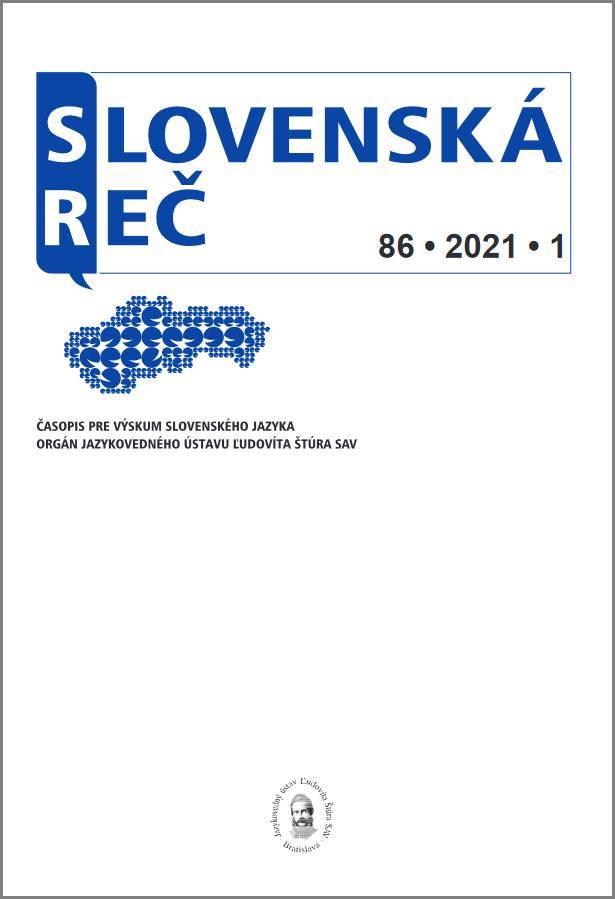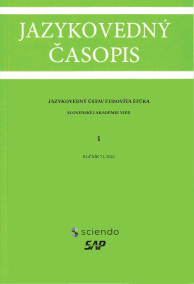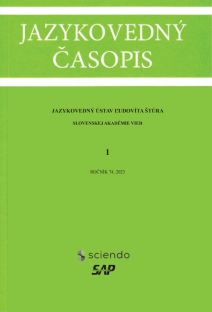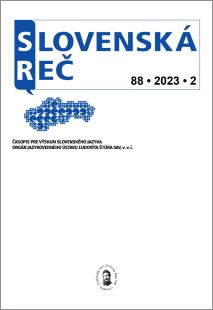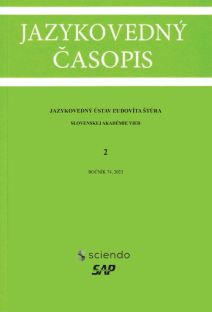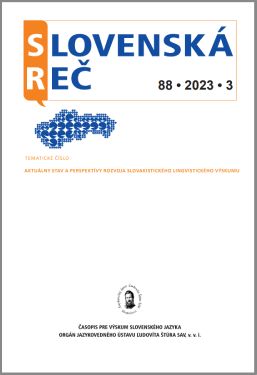Ekolingvistické a jazykovopolitické poznámky k majoritným a minoritným spoločenstvám
In this contribution we develop ecolinguistic and language-political comments referring to majority and minority societies. In general, the article focuses on the development of languages in the time of globalization. It also studies the language development in the context of foreign varieties of the Slovak language. At the same time it confronts language legislation with the language situation and it presents initiative in the field of research and description of the language situation abroad in relation to the Slovak language.
More...
